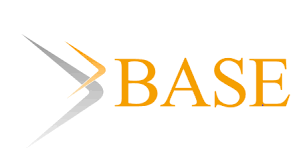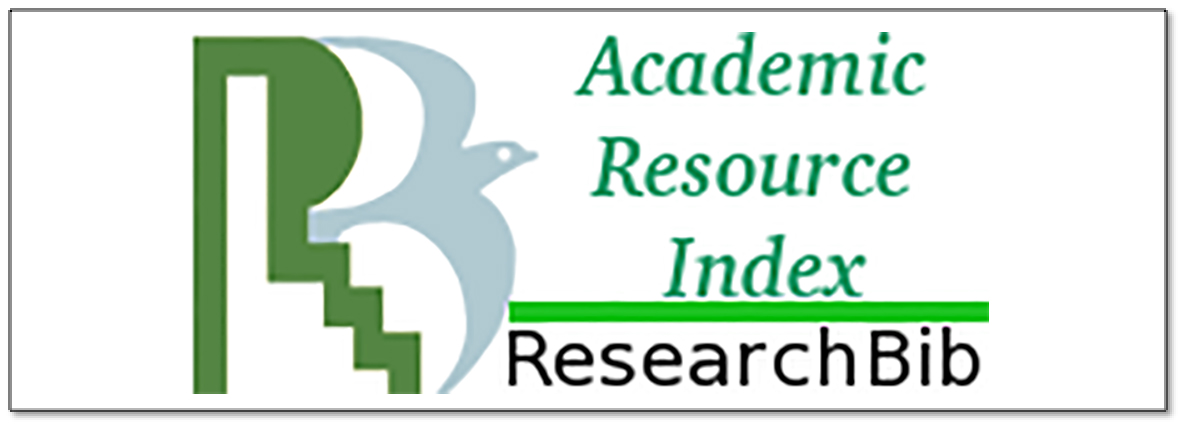Regression Models for the Prediction of Strength Properties of Waste Tyre Ash (WTA) - Mortar
Abstract
Sustainable development is an emerging political and social issue of global significance, Environmental scientists are generally of the view that Portland cement is not particularly environmentally friendly. Thus, the challenges of producing and using concrete, is aggravated by the high need and consumption of cement which is causing the using concrete, is aggravated by the high need and consumption of cement which is causing the environmental threats as outlined by the environmentalists. The background of this study emanates from this development and forms the basis for conducting the research. Waste Tyre Ash (WTA) is the ash residue that is obtained after slices of waste or scrap tyres are burnt at a temperature of 5000C for a period of 5 hrs. Therefore, the aim of this study is to determine the effect of using WTA as a partial replacement of cement in WTA-Mortar and to develop models for the prediction of strength properties. Cement was partially replaced with WTA at 0%, 5%, 10%, 15%, 20%, 25% and 30% by weight. The findings showed that WTA decelerates setting time of cement and strength development in mortar. Compressive strength and flexural strength of mortar increases with increase in WTA up to 20% and 15% replacement of cement respectively. Strength predictive models for WTA-Mortar have good correlations with experimental data with average of R2 of 0.91, RMSE of 0.57 and COE of 0.66. Statistical models drawn from the results of this research will also provide a means to predict WTA mortar strengths and behavior.
References
2. Ogork EN. Statistical Modelling of Properties of Groundnut Husk Ash (GHA) Mortor and Concrete and Groundnut Husk Ash (GHA)- Rice Husk Ash (RHA) Concrete. Kano, Nigeria: Baero University; 2014.
3. Aïtcin P-C, Mindess S. Sustainability of concrete: CRC Press; 2011.
4. Illston JM, Domone P. Construction materials: their nature and behaviour: CRC press; 2001.
5. Safiuddin M, Jumaat MZ, Salam M, Islam M, Hashim R. Utilization of solid wastes in construction materials. International journal of physical sciences. 2010;5(13):1952-63.
6. Tavakoli D, Heidari A, Karimian M. Properties of concretes produced with waste ceramic tile aggregate. Asian Journal of Civil Engineering. 2013;14(3):369-82.
7. Meyer C. The greening of the concrete industry. Cement and concrete composites. 2009;31(8):601-5.
8. MEHTA PK. Rice Hush Ash-A unique supplementary cementing material. Advances in concrete technology. 1992.
9. Ganjian E, Khorami M, Maghsoudi AA. Scrap-tyre-rubber replacement for aggregate and filler in concrete. Construction and building materials. 2009;23(5):1828-36.
10. Dragica J., S A. The Incorporation of Recycled Rubber Aggregate in Cement Based Composites. 2013.
11. Oriaku E, Agulanna C, Odenigbo J, Nnoruka N. Waste to wealth through the incineration of waste tyres and recovery of carbon black. International Journal of Multidisciplinary Sciences and Engineering. 2013;4(7):30-6.
12. Aisien FA, Amenaghawon N, Adeboyejo AR, Eng B. Application of recycled rubber from scrap tire in the removal of phenol from aqueous solution. Pacific Journal of Science and Technology. 2013;14(2):330-41.
13. Aisien F. A., Amenaghawon N. A., A AS. Adsorption of fethylbenzene from Aqueous solution using recycled rubber four scrap tyre. Journal of Scientific Research of Reports. 2013;2(2):497-512.
14. Oba A, Onungwe I, George A, Amgbara T, Akpan P. Waste to Wealth; The Utilization of Scrap Tyre as Aggregate in Bituminous Mixes for Road Construction. Int J of Engg Res and Apps. 2015;5(11):6-11.
15. Elinwa AU, Mahmood YA. Ash from timber waste as cement replacement material. Cement and Concrete Composites. 2002;24(2):219-22.
16. Turer A. Recycling of scrap tires. Material Recycling-Trends and Perspectives. 2012:195-212.
17. Al-Akhras N, Smadi M, editors. Properties of tyre rubber ash mortar. Dhir RK et al. Proceedings of the International Conference on Sustainable Concrete Construction University of Dundee, Scotland, UK; 2002.
18. Rafat S. Waste materials and by-products in concrete. Berlin: Springer, Verlag; 2008.
19. Al-Akhras NM, Smadi MM. Properties of tire rubber ash mortar. Cement and concrete composites. 2004;26(7):821-6.
20. ASTM C 1202. Standard test method for electrical indication of concrete’s ability to resist chloride ion penetration. American Society for Testing Materials. 1997.
21. Rangaraju P, Gadkar S. Durability evaluation of crumb rubber addition rate on Portland cement concrete. Department of Civil Engineering, Clemson University, Clemson. 2012:1-126.
22. Ogork E, Uche OA, Elinwa AU. Performance of groundnut husk ash (GHA)-rice husk ash (RHA) modified concrete in acidic environment. International Journal of Engineering Research and Applications. 2014;4(11):71-7.
23. Ogork ENN, Uche OA, Elinwa AU, editors. Characterization of Groundnut husk ash (Gha) admixed with Rice husk ash (Rha) in cement paste and concrete. Advanced Materials Research; 2015: Trans Tech Publ.
24. FM Zain M, M Abd S. Multiple regression model for compressive strength prediction of high performance concrete. Journal of applied sciences. 2009;9(1):155-60.
25. Chakraverty S, Mall S. Artificial neural networks for engineers and scientists: solving ordinary differential equations: CRC Press; 2017.
26. Chopra P, Sharma RK, Kumar M, Chopra T. Comparison of machine learning techniques for the prediction of compressive strength of concrete. Advances in Civil Engineering. 2018;2018.


























1.gif)
